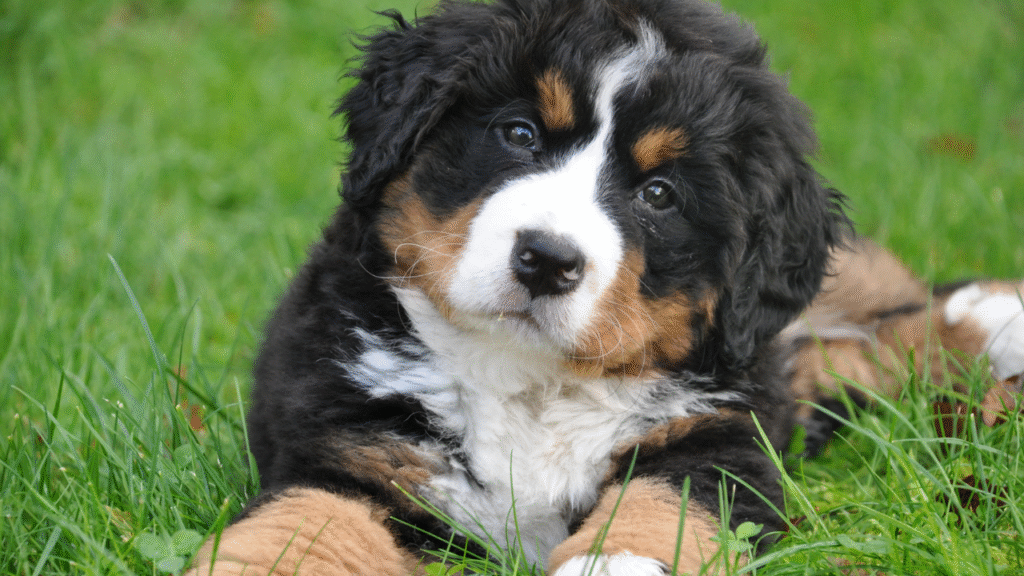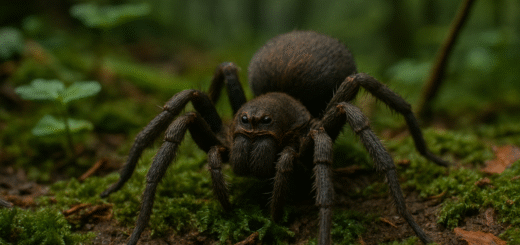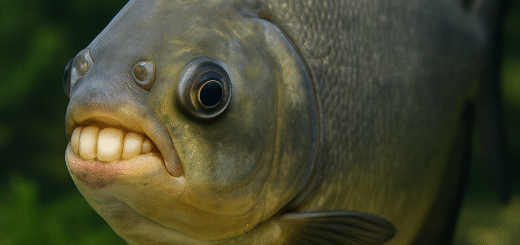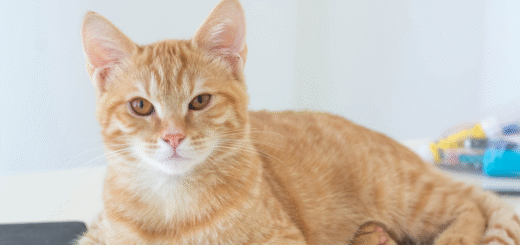The Science Behind a Dogs Incredible Sense of Smell
When your dog stops to sniff every tree, post, and patch of grass, it’s not just being curious—it’s decoding a world invisible to us. Dogs experience the world through scent the way we do through sight. Their noses are biological marvels, engineered for detecting, analyzing, and interpreting smells at a level that far surpasses human capabilities.

Why Dogs Have Super Noses
A dog’s sense of smell is 10,000 to 100,000 times more sensitive than a human’s. This isn’t just a random number—it’s backed by biology:
- More Scent Receptors: Humans have about 5 million olfactory receptors. Dogs? Up to 300 million, depending on the breed.
- Larger Olfactory Bulb: The part of the brain that processes smell is about 40 times larger in dogs than in humans, relative to brain size.
This means dogs don’t just smell stronger—they smell in layers. While we smell a stew, a dog smells every individual ingredient.
How a Dog’s Nose Works
When a dog sniffs, air enters through special pathways in its nose. One path goes directly to the olfactory receptors, while the other allows the dog to breathe normally. This design lets dogs sniff continuously without disrupting breathing.
They even have a special organ—the Jacobsen’s organ—that detects pheromones, helping dogs gather information about other animals’ emotions, health, and even reproductive status.
Real-World Superpowers
Dogs use their sense of smell in amazing ways:
- Search and Rescue: Dogs can track missing people across miles and days-old trails.
- Medical Detection: Some dogs detect cancer, seizures, and blood sugar changes by scent.
- Detection Dogs: They sniff out drugs, explosives, bed bugs, and even electronics.
Breeds With the Best Noses
While all dogs have a strong sense of smell, Bloodhounds, Beagles, German Shepherds, and Labrador Retrievers are considered top-tier sniffers. Bloodhounds, for example, can follow scent trails that are over 300 hours old!
How You Can Put That Nose to Use
To stimulate your dog’s natural abilities, try:
- Scent Games: Hide treats around the house or yard.
- Snuffle Mats: These encourage foraging and mimic hunting behavior.
- Tracking Sports: Activities like nose work or scent detection classes tap into your dog’s instincts.
Final Sniff
Your dog’s nose is more than a cute feature—it’s a powerful tool built by evolution to explore the world. Understanding and respecting this sense doesn’t just explain your dog’s quirky behavior; it opens up new ways to connect, train, and enrich your pup’s life.








